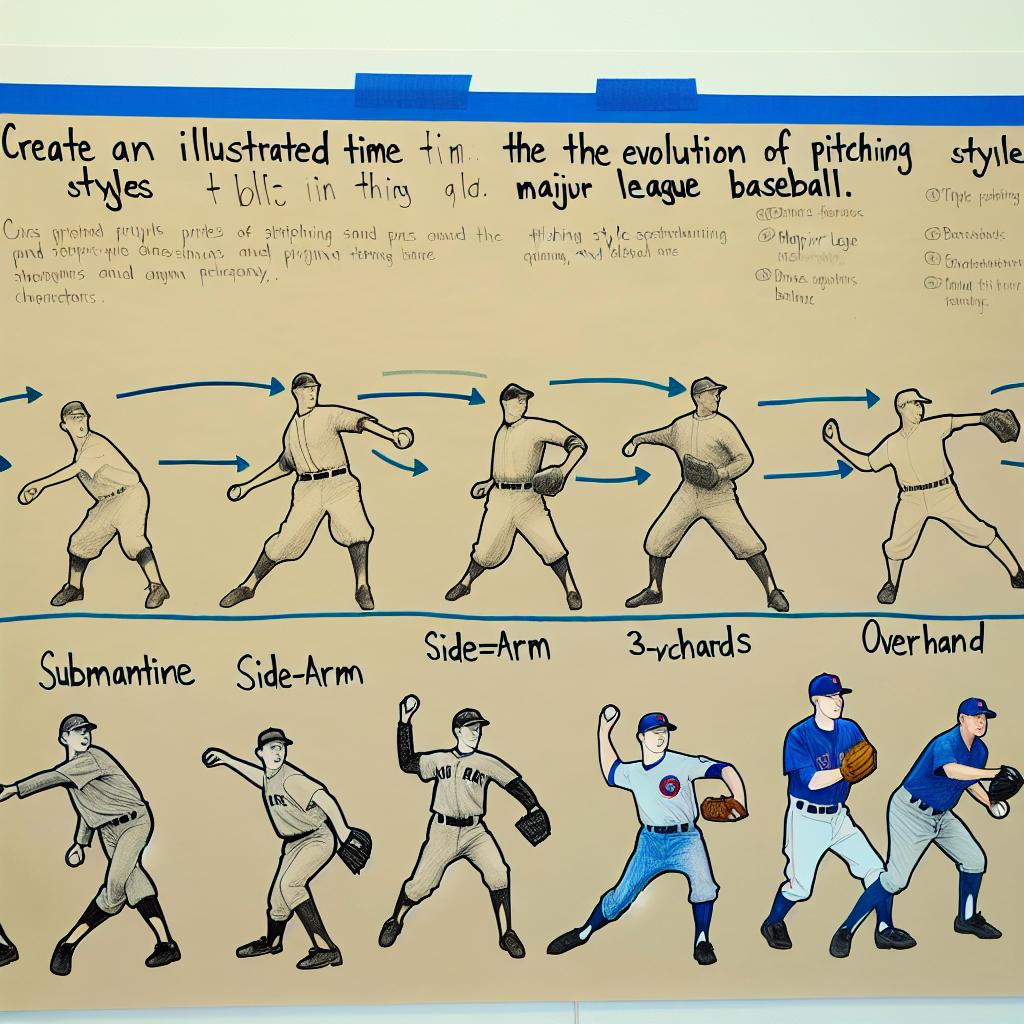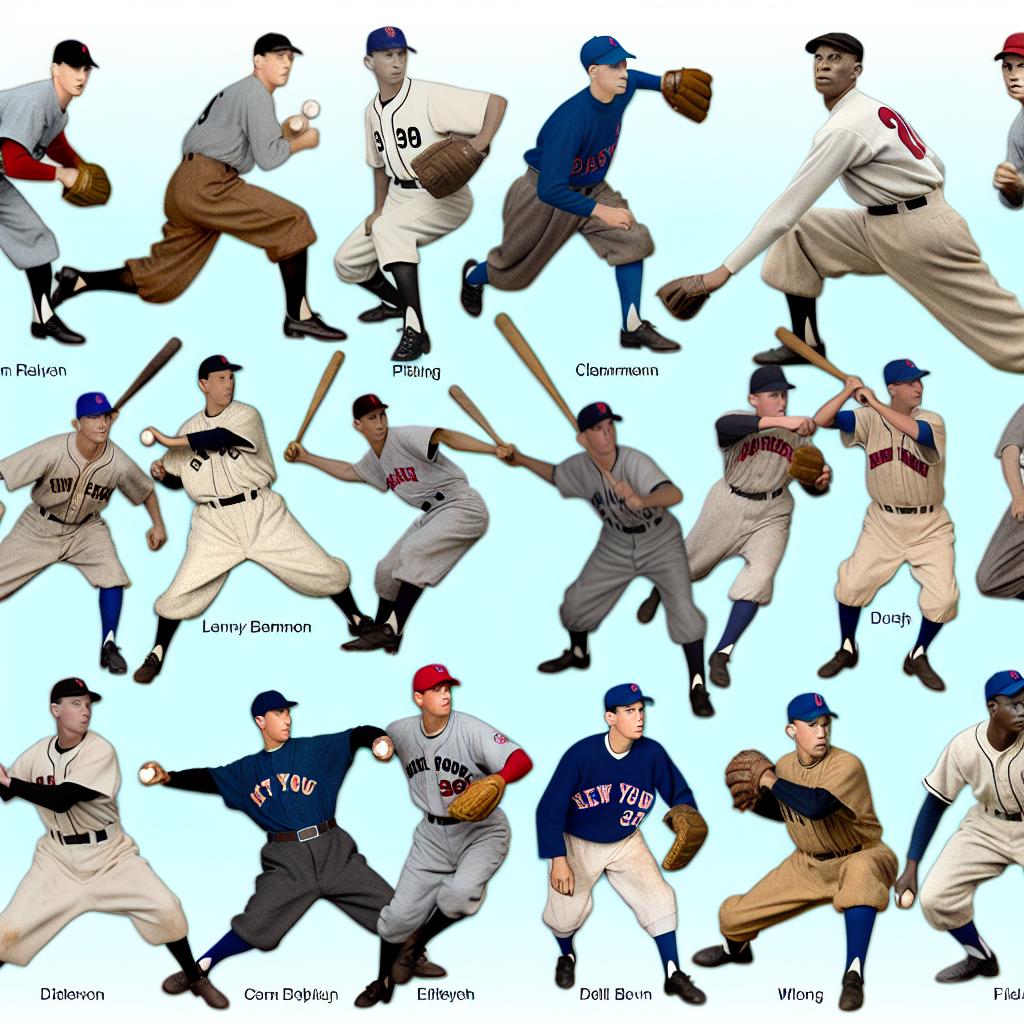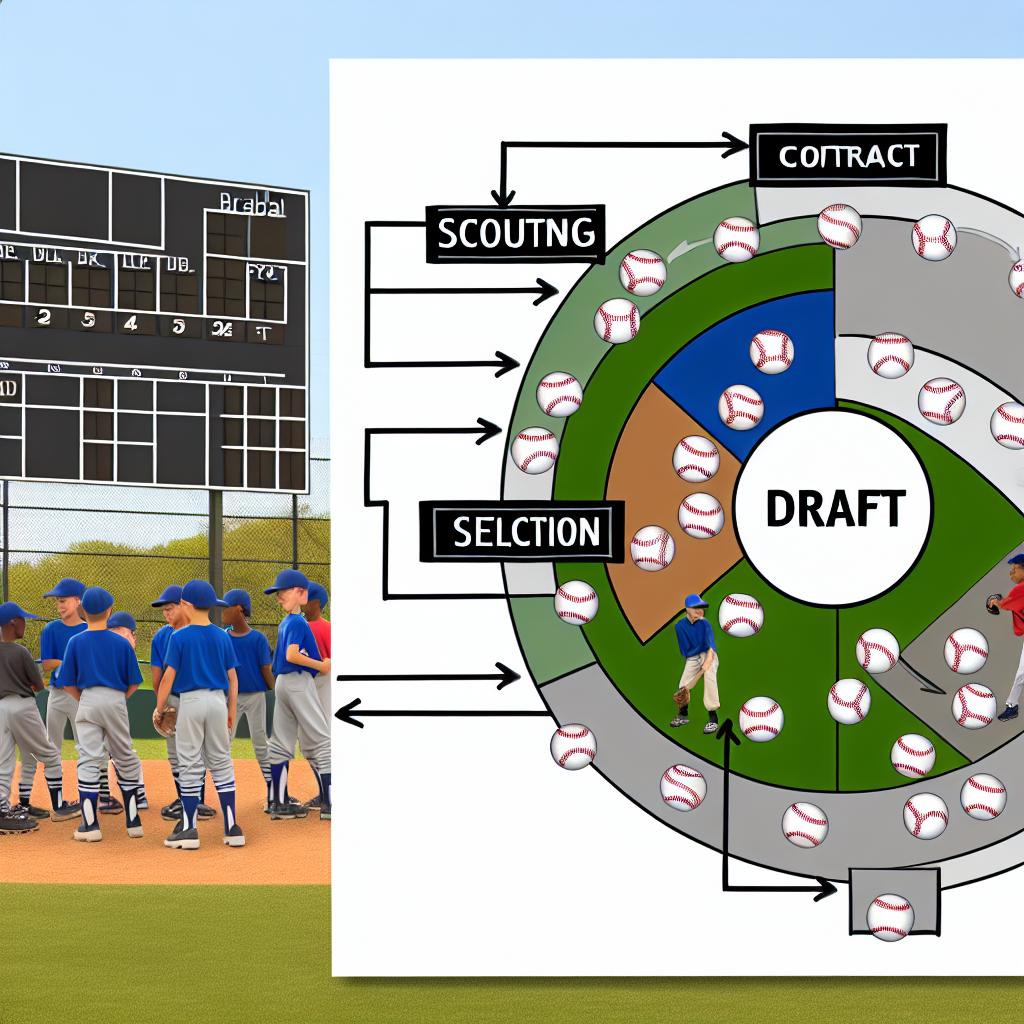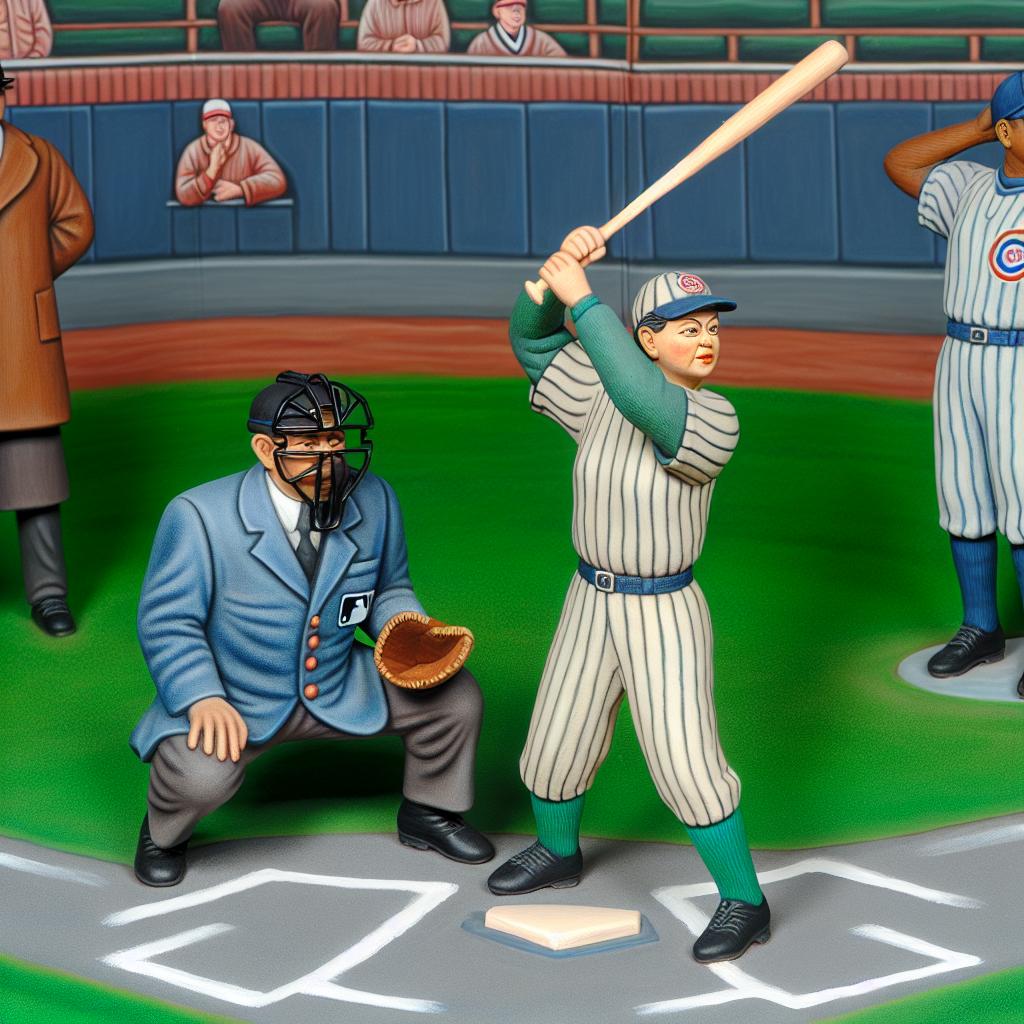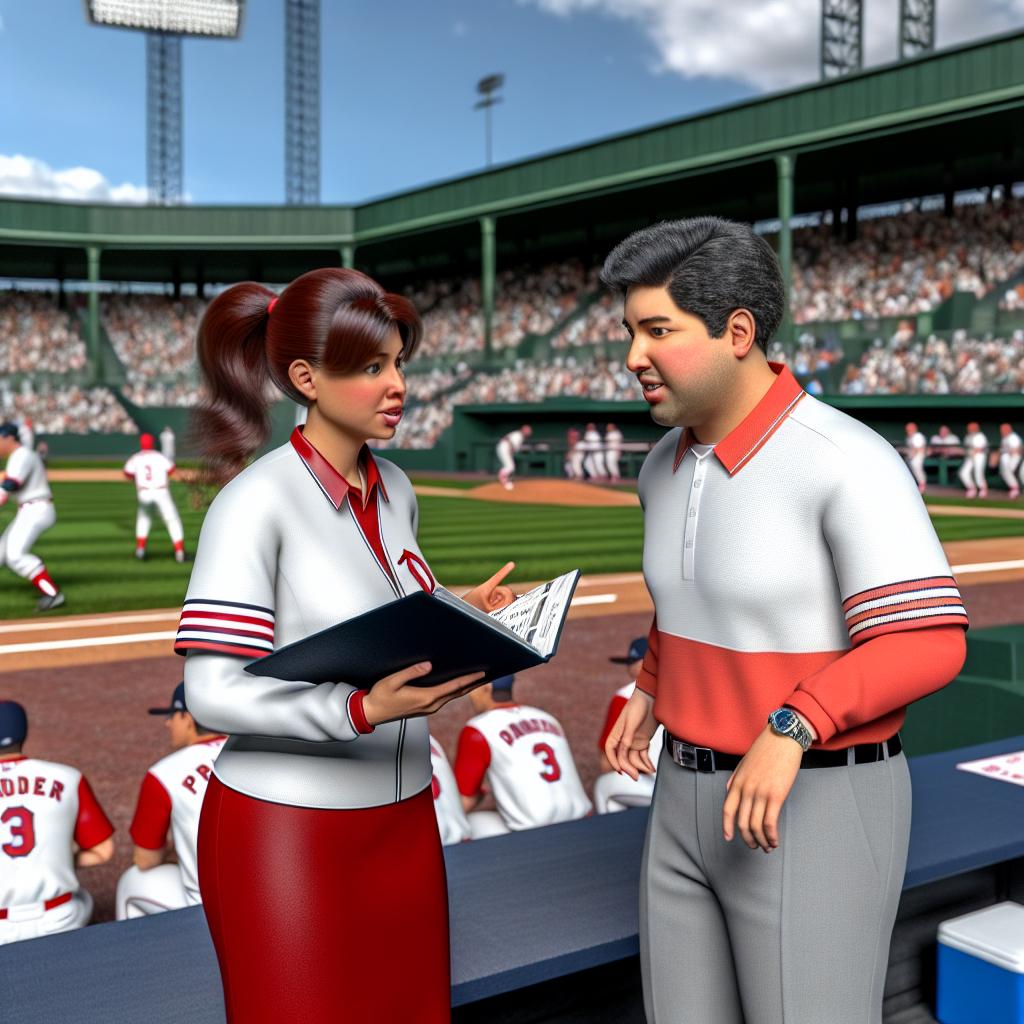The Early Days of Pitching in MLB
In the formative years of Major League Baseball (MLB), the role of the pitcher was markedly different from what it is today. During the late 19th century, pitchers primarily acted as facilitators for batters. Their objective was to deliver the ball in such a manner that batters could easily make contact, emphasizing a game of high skill in fielding rather than one dominated by pitching prowess. This approach is indicative of the time when baseball was considered more of a fielding game.
As baseball evolved, the dynamics on the field began to shift. By the early 20th century, pitchers started to assert greater control over the game. They began employing rudimentary versions of pitches that have since become foundational to modern baseball. Fastballs and curveballs emerged as essential tools in a pitcher’s arsenal, marking the beginning of a shift towards a more strategic and varied approach to pitching.
The Dead-Ball Era and the Rise of Tactical Pitching
The period known as the “Dead-Ball Era,” roughly from 1900 to 1919, saw pitching evolve into a craft. This era witnessed pitchers mastering the spitball, among other pitches, and making extensive use of unpredictable throws like knuckleballs to gain advantages over hitters. Many historical accounts spotlight pitchers such as Christy Mathewson, who began to experiment with and refine their delivery techniques. Such experimentation led to a more strategic and less predictable approach, altering the competitive landscape significantly.
However, this era wasn’t just about perfecting pitches; it also marked the introduction of strategic gaming. Pitchers began to anticipate batter tendencies and play strategically according to game situations, laying the groundwork for tactics that continue to influence the game. The banning of the spitball in the 1920s further compelled pitchers to innovate, developing new pitches and strategies that would shape the future of baseball.
The Live-Ball Era and Increased Offensive Pressure
Entering the “Live-Ball Era” in the early 1920s, the game’s dynamic shifted again, requiring pitchers to adapt to a higher level of offensive play. With the introduction of a livelier baseball, pitchers had to develop new techniques once more. Greater velocity and specialized pitches, such as sliders, came into vogue. Legendary pitchers like Bob Feller exemplified this era, redefining the notion of power pitching and employing fastballs as a central element of the game.
The increased offensive pressure saw the emergence of a more tactical approach to pitching. Pitchers not only focused on sheer speed and strength but also on developing pitches with distinct spins and movements to outwit increasingly skilled batters. This period laid the basis for modern strategic pitching, where the mental aspect of the game became equally important as physical prowess. For more information on how this transition influenced the game, you can explore resources like Baseball Almanac.
Modern Era: Specialization and Analytics
The modern era of pitching, which began in the late 20th century, has reached unparalleled complexity and sophistication. One of the defining characteristics of this period is specialization within the pitching staff. The emergence of the bullpen era introduced a greater reliance on relief pitchers known for their specific skills tailored to unique game situations.
Within this framework, the development of roles such as closers and setup men highlighted the increasing diversification of pitching responsibilities. These pitchers, who usually pitch in high-leverage situations, showcase not just raw talent but refined skillsets designed to counter specific challenges presented by opposing teams.
Moreover, advancements in analytics have revolutionized modern pitching techniques. Teams now leverage data-driven insights to tailor their pitching approaches more precisely to the weaknesses of individual batters. This analytical approach has culminated in the selection and cultivation of players capable of executing pitches with remarkable precision, significantly altering the nature of gameplay. Pitchers no longer rely solely on instinct and experience; they now have data and statistical analysis to guide their strategies.
Future Trends in Pitching
The future of pitching in MLB appears poised to continue its dynamic evolution. Expected advances in technology, such as biomechanical analysis and machine learning, are likely to lead to the development of increasingly individualized pitching programs. These technological innovations will offer pitchers enhanced insights into their techniques and refine performance, allowing for further specialization tailored to personal strengths and weaknesses.
Moreover, maintaining player health and reducing the risk of injury will continue to be a significant focus for the sport. Innovations aimed at achieving these goals are likely to shape training programs and pitching techniques. It is plausible to foresee that the balance between pitching velocity and movement might become critical, encouraging pitchers to develop diverse arsenals rather than depending solely on increasingly higher pitch speeds.
These ongoing advancements and emerging technologies promise to transform pitching in ways previously unimaginable. The continuous integration of technology and data analytics into training and gameplay undoubtedly sets the stage for yet another transformational era in baseball. For further reading on emerging pitching technologies, consider visiting Baseball Prospectus.

